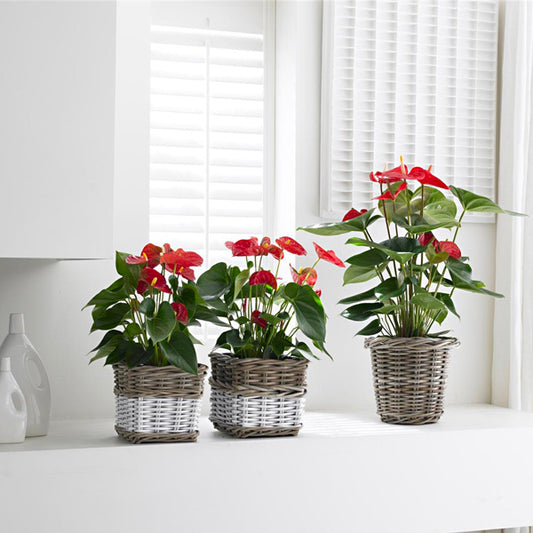Phalaenopsis orchid is one of the popular varieties of the orchid family. It is also known as beginner orchids or moth orchids. Phalaenopsis orchids are native belongs from India, China and Southeast Asia. These have the characteristics of leafy stems, long-lasting flowers, and warm, humid spots. Nowadays there are so many online sites where you can buy phalaenopsis orchids.
Some Popular Varieties of Phalaenopsis Orchid
There are over 300+ varieties of phalaenopsis orchids available online. Some of these are :
- Phalaenopsis Sunset Love
- Phalaenopsis super star
- Phalaenopsis Fuller’s gold
- Phalaenopsis Young home pink partner
- Phalaenopsis Fuller’s purple
- Phalaenopsis Fuller’s sunset
How to take proper care of Phalaenopsis orchid?
If you have a hobby of gardening and you’re planning to buy some Phalaenopsis orchids then first, you must know about some care tips to grow them. Here are some tips for you to take proper care of Phalaenopsis orchid
- First, you have to know how much sunlight they can tolerate. Bright sunlights are convenient for their healthy growth but they can tolerate light to medium sunlight.
- The quantity of water can you give to Phalaenopsis orchids will depend on the potting medium. If the plants are kept in a decorative cache planter, then after water pours out excessive water. Water them once in 1-2 weeks.
- Orchids need 50-70% humidity because they can’t survive in dry air. During the winter season, you can use a Wet pebble tray to boost up humidity.
- 65°-75° is the perfect temperature for their healthy growth. But they can also tolerate low to high temperatures.
Conclusion
Phalaenopsis orchids are the most beautiful orchids of the orchid family. As you have got an idea about how to take care now you can buy fresh phalaenopsis orchid by visiting the online store of Orchid-Tree. Take them home for making a beautiful ambience and follow these care tips to maintain them.


